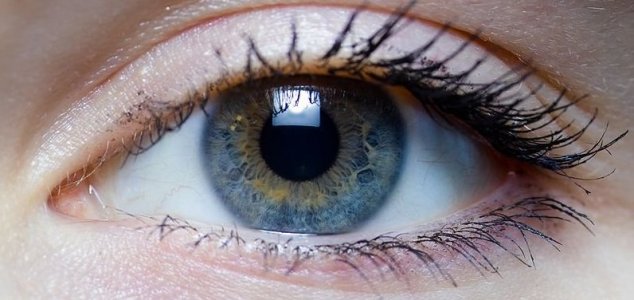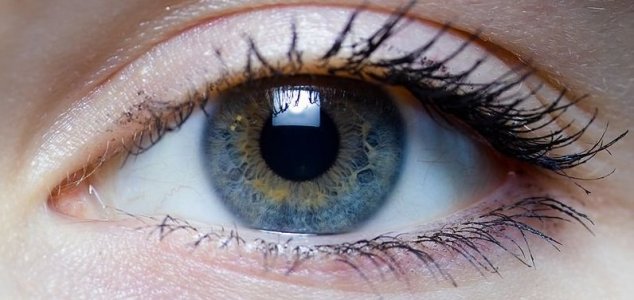
The human eye can pick up more than most people realize.
A new study has revealed that the human eye is capable of seeing polarized light, an ability that is more traditionally associated with vision in animals such as bees, ants and fish.
Scientists now believe that this ‘hidden sense’ would have proven extremely valuable to our distant ancestors as a navigational aid and could in the future make it easier for doctors to screen people for signs of age-related macular degeneration, a leading cause of blindness.
“Generally, light is a mixture of polarizations, but sometimes – for example in parts of the sky, on your computer screen and in reflections from water or glass – a large percentage of the waves are oscillating in the same orientation and the light is strongly polarized,” said Dr Shelby Temple.
One way to see polarized light is to look for what is known as “Haidinger’s brushes”, a short-lived visual effect that resembles yellow and blue bow-tie shapes that quickly fade after a few seconds.
“You can see Haidinger’s brushes if you look at a blank white portion of an LCD screen on a computer, tablet or phone,” said Dr Temple.
“Tilt your head from side to side and faint yellow brushes should become visible.”
Tests carried out on volunteers found that the average polarization sensitivity threshold was 56%.
“As 2015 is the Unesco International Year of Light, we are delighted to have been able to use 21st-century technology to gain new insight into an effect that has interested and entertained scientists for more than 160 years,” said co-author Dr Juliette McGregor.
Originally posted 2015-11-28 10:27:01. Republished by Blog Post Promoter














